Publications
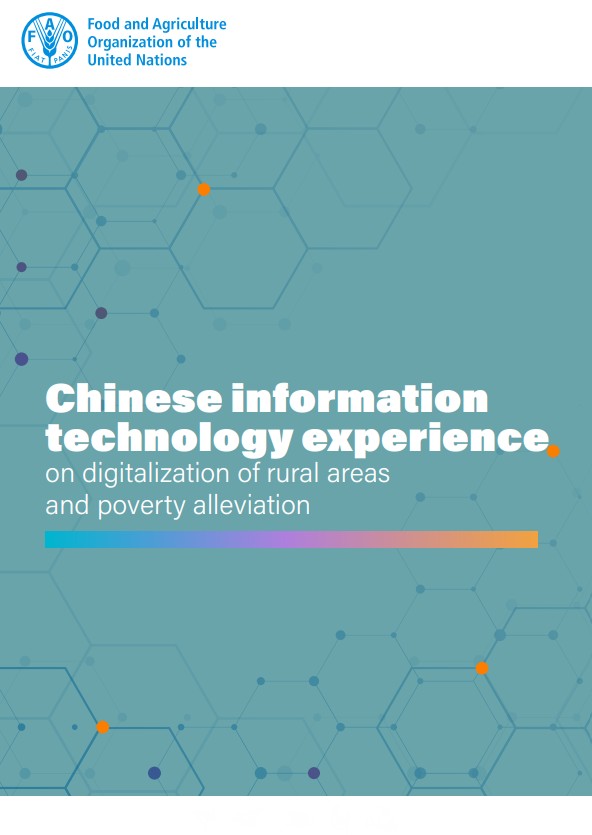
Chinese information technology experience on digitalization of rural areas and poverty alleviation
06/05/2025
This technical document provides information on the process of digitalization in agriculture, its challenges, and positive factors.
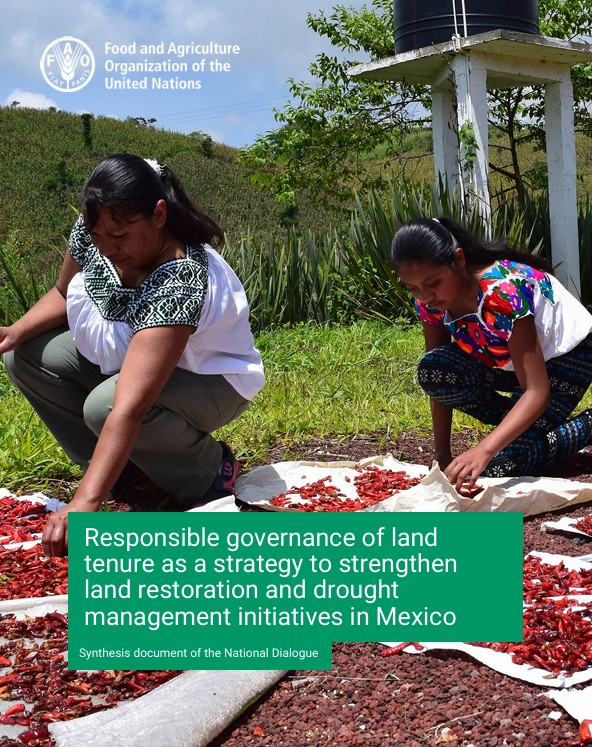
Responsible governance of land tenure as a strategy to strengthen land restoration and drought management initiatives in Mexico
09/04/2025
Land degradation is one of the most urgent environmental problems affecting Mexico in the 21st century and the Americas region.
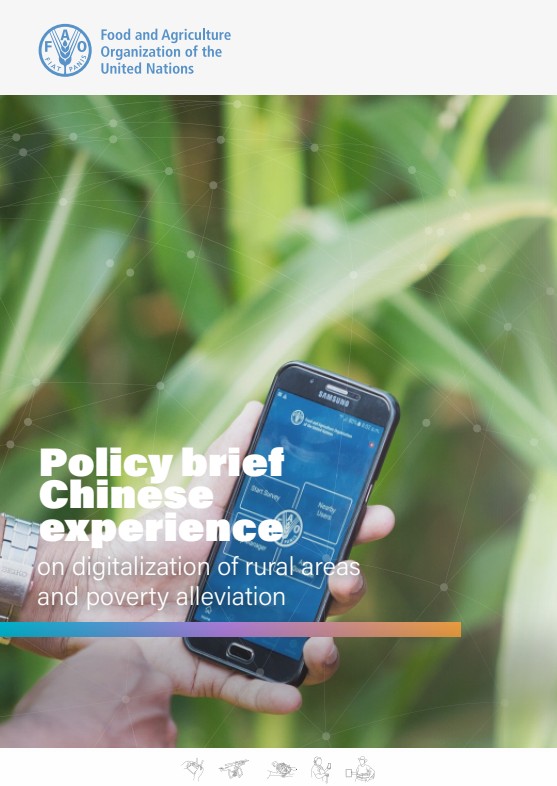
Policy brief. Chinese experience on digitalization of rural areas and poverty alleviation
04/04/2025
China has extensive experience in digital transformation as a means to reduce poverty rates in rural areas.
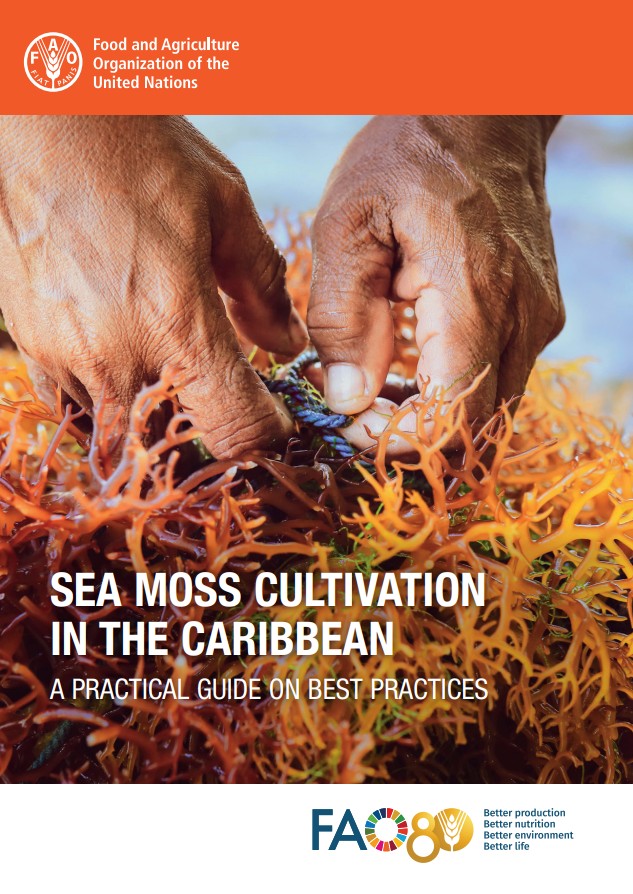
Sea moss cultivation in the Caribbean
02/04/2025
This manual provides a comprehensive guide on best practices for sea moss cultivation in the Caribbean, emphasizing its economic potential and role in supporting rural and coastal communities.
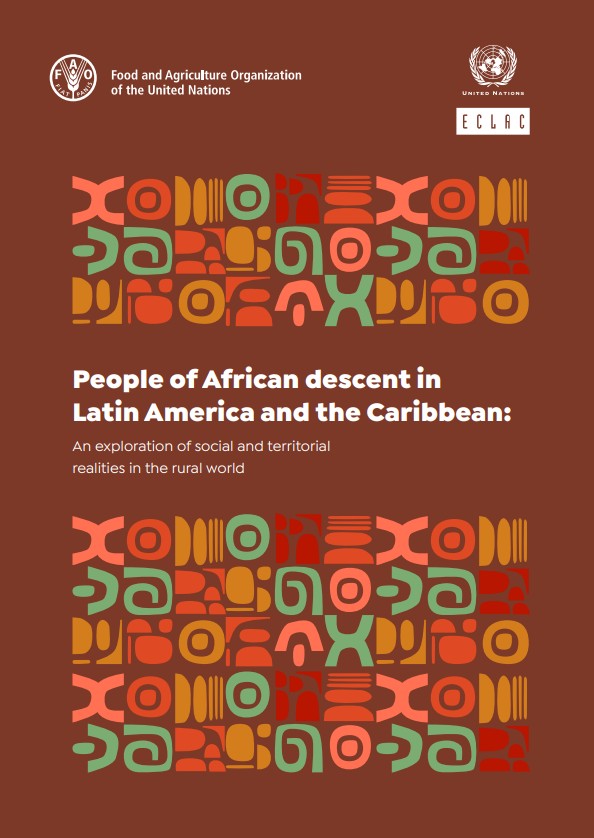
People of African descent in Latin America and the Caribbean: An exploration of social and territorial realities in the rural world
02/04/2025
Census data show that Afro-descendant people experience greater levels of inequality, marginalization and discrimination, especially in rural areas.
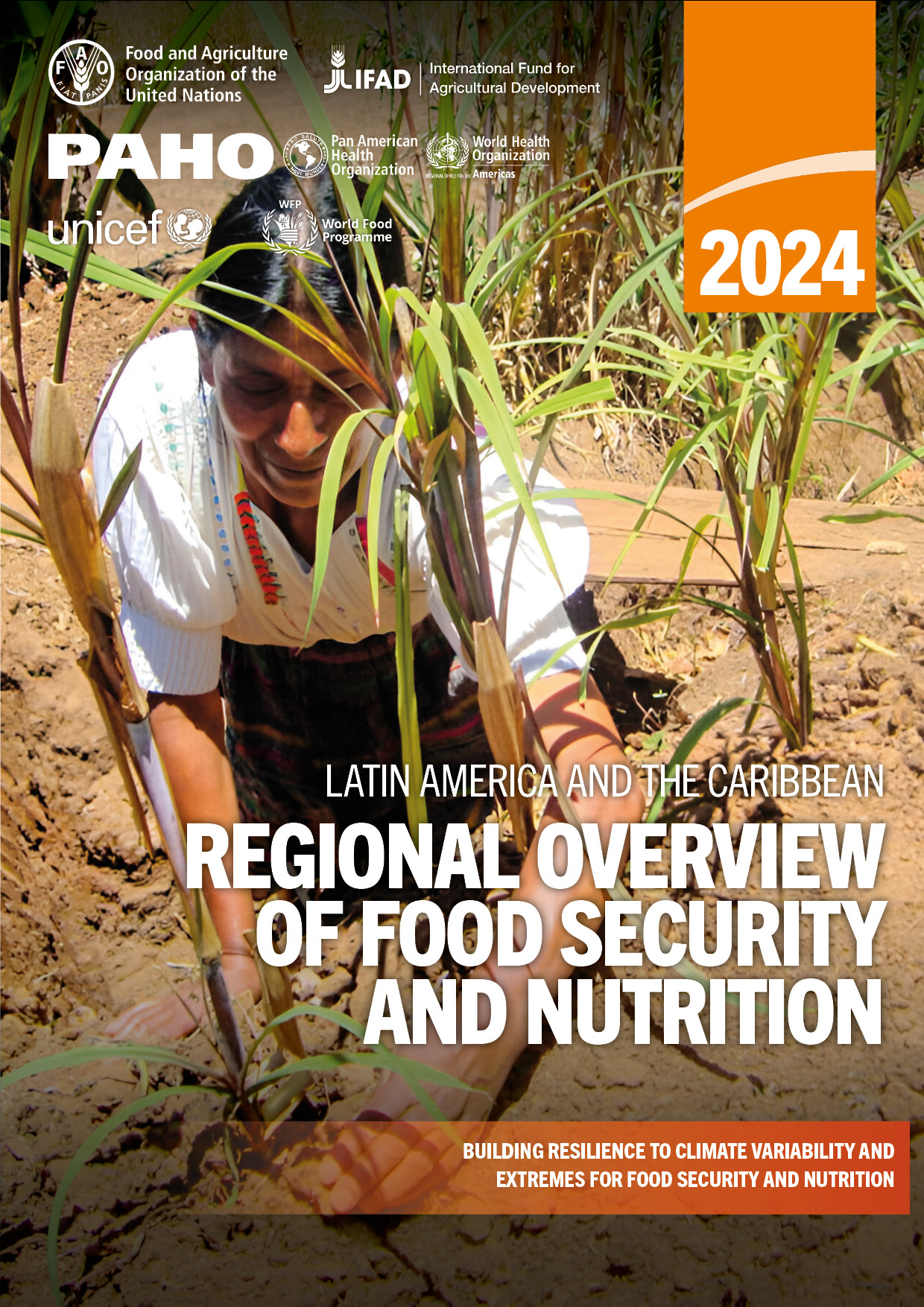
Latin America and the Caribbean Regional Overview of Food Security and Nutrition 2024
27/01/2025
Latin America and the Caribbean have seen a decline in hunger and food insecurity for two years, driven by social protection programs and post-COVID recovery. However, disparities persist, especially among women, rural populations, and vulnerable groups. The region is unlikely to meet most nutrition targets, and healthy diets remain expensive. Climate variability is increasing in the region, affecting food security across availability, access, utilization, and stability.
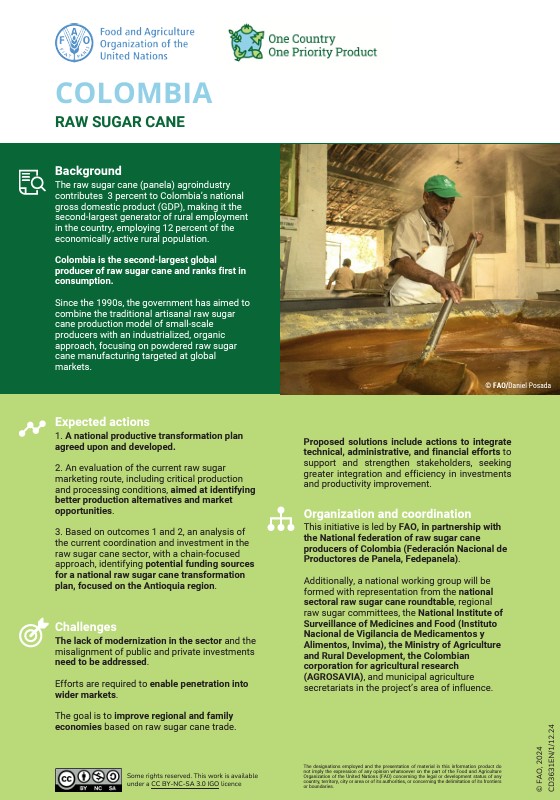
Colombia: Raw sugar cane
09/12/2024
This document addresses the situation in Colombia. The OCOP product is raw sugar cane (panela). Colombia is not only preserving a key element of its agricultural heritage but also contributing to global sustainability goals by fostering green development, improving community resilience, and ensuring the long-term viability of raw sugar cane production.

